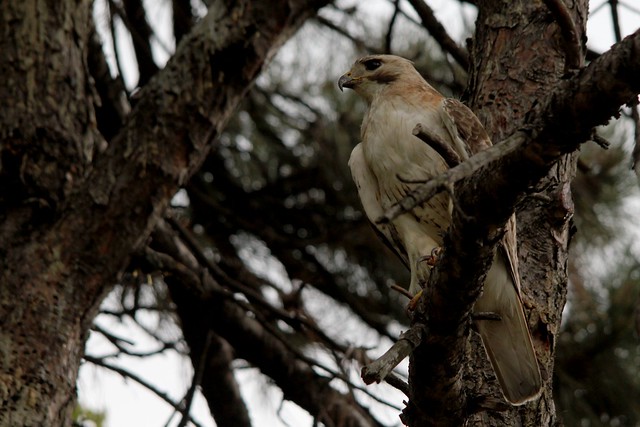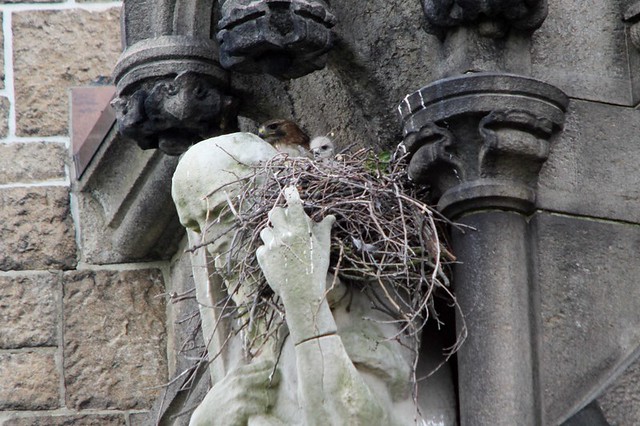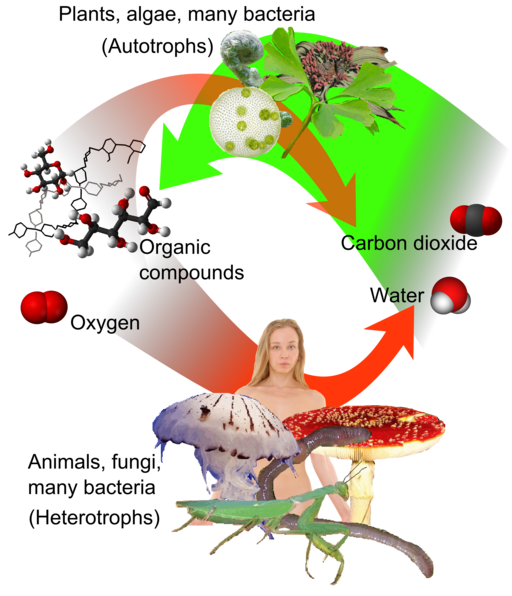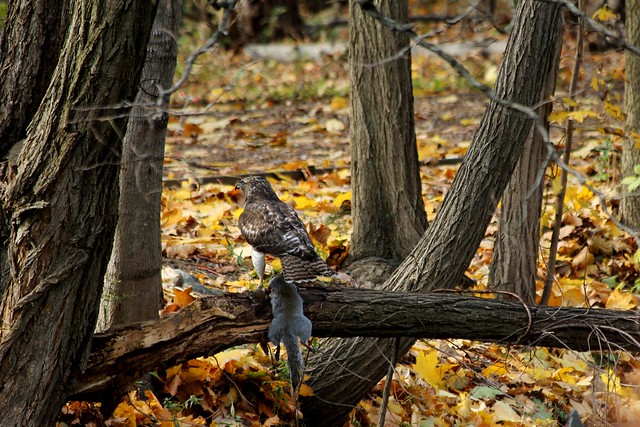The Scientific Method is the process for systematically investigating phenomena to better understand occurrences. Scientific inquiry is based on observation. Observations are based on sensory evidence, measurements and definitions pertaining to the subject or phenomenon. We refer to this type of information acquisition as empirical. In science, we use experimentation to modify variables associated with a phenomenon to identify correlation and causation. In this case, empirical is practically equivalent to experimental.
Not an Educated Guess
One of the great failures in scientific education is the reduction of the concept of a hypothesis to an educated guess. A hypothesis is actually a proposed explanation for a phenomenon based on previous observations, evidence or experiments. These proposed explanations are often formulated in such a way that one can test them to acquire further observations that may agree or disagree with the underlying assumptions of the hypothesis. While this suggests a role for educated, there isn’t any guessing involved. The Scientific Method continues on the ideas of observation and empiricism to formulate hypotheses that can be experimentally demonstrated. In short, we use inductive reasoning to combine isolated facts into a cohesive sum and for devising predictions about the phenomenon.
Beginning with observations and previous knowledge, we can formulate a characterization for certain phenomena and develop a testable idea for inquiry –the hypothesis. The crux of hypothesis testing lies in the ability to gather new evidence or observations while controlling for external variables that may obfuscate correlation and causation of the phenomenon. The systematic collection of new data comes from experimentation. As we gain new information about the phenomenon, we can further support or reject the original hypothesis. The testing of our hypothesis, therefore relies on deductive reasoning (cause/effect & if/then).
Random Speculation? I have a theory about that!
In the vernacular, people often see something happening (any phenomenon) and will remark “I’ve got a theory about that.” When they say this, it means they have a loose speculation regarding association. Sometimes it’s completely baseless and will lack any rigor. In science, we use the word theory to indicate a joining of multiple, well-supported hypotheses. Here, the definition is more stringent as it pulls from multiple tested and refined hypotheses that result in the same observed phenomenon. When a theory is accepted by an overwhelming number of people in a field, we refer to it as a principle.
Testing Speculation
Even speculation can be tested when posing the speculation as a testable idea or hypothesis.
In 1991, a young male hawk made a home in Central Park. Because of his physical appearance he was called Pale Male. He is of some notoriety because he was the first hawk to return to nest in Manhattan in about 100 years. His nest is built on a 5th Avenue building overlooking the Park.
Since the early 1990s, Pale Male and his numerous mates have generated about 25 offspring and at least 7 nesting pairs of hawks make their home in Manhattan.
Erick is a bird watcher and he says to the passers-by, “He’s the father of all the other hawks in Manhattan.”
Erick indicates the following pieces of evidence for this assumption:
- No other hawks made their “homes” in Manhattan until after his arrival –temporal correlation
- Many of the other hawks, like Pale Male, build nests on buildings instead of trees (implying his origin in their culture)
- Some have physical attributes similar to Pale Male (sometimes coloration or behavior) —anthropomorphisms
While these observations and associations are parsimonious, there is a great degree of spuriousness in the assertions.
How do we think about this issue in a scientific way? Do we have enough evidence or observations to test, refute or accept Erick’s assertions? Let’s add a new piece of information to the list. While adults nest and stay close to their nest year-round, the offspring are forced out of the territory and have a large dispersal. Even with this new piece of information, we cannot reject or accept the original hypothesis, but we can state that the claim is less likely to be authentic. How do we use this new evidence to revise and refine our hypothesis? How can we possibly test the assertions more definitively? (Think what Jerry or Maury would do)








